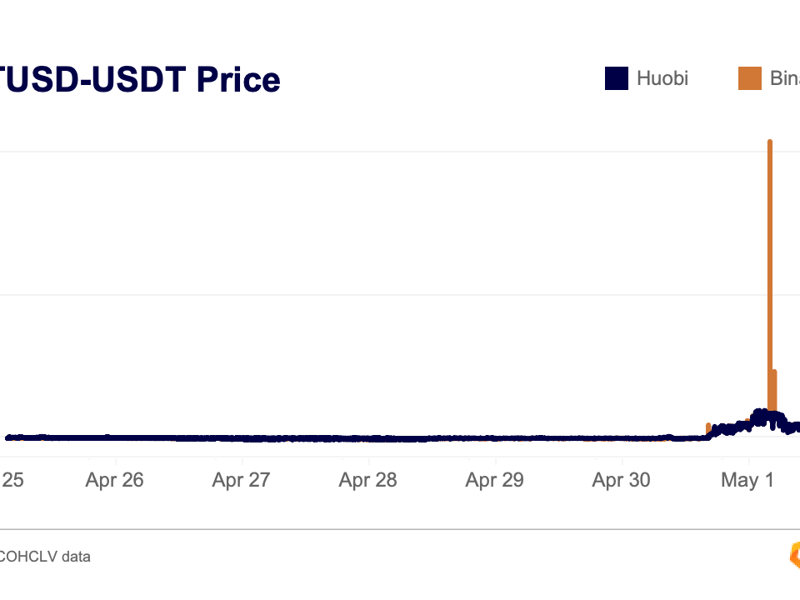‘Very Near Launch’: Polkadot Founder Gavin Wood Details Network Rollout
Gavin Wood (Credit: CoinDesk archives)
‘Very Near Launch’: Polkadot Founder Gavin Wood Details Network Rollout
The Polkadot network is “very near launch,” founder Gavin Wood told attendees of the Ready Layer One (RL1) virtual conference on Wednesday in a sneak peek of the Ethereum co-founder’s new network.
Wood, who wrote Ethereum’s technical paper in 2014, created Polkadot with the intention of allowing users to send transactions across blockchains such as Bitcoin and Ethereum in what is commonly referred to as making them interoperable.
Polkadot functions under the guidance of the Web3 Foundation and Parity Technologies, both of which were founded and are led by Wood. The network conducted a $145 million token sale in 2017 and launched its canary network Kusama in July 2019. Since then, Polkadot has focused on integrations with other networks such as Chainlink and Polymath.
Like Kusama, Wood told RL1 attendees that Polkadot will roll out in five or six stages, beginning with a “chain candidate” launched by the Web3 Foundation. The candidate operates as a de facto genesis block for the network, but under the guidance of Web3 Foundation developers. If the candidate does not meet the team’s requirements during this initial phase, it will be replaced by another, Wood said.
Notably, the network will launch under a Proof-of-Authority (PoA) consensus algorithm that Wood invented, which will initially give all on-chain authority to the Web3 Foundation, the non-profit behind Polkadot. As such, the Polkadot network will have limited functionality, Wood said.
“It allows us to start the chain without having to have a set of validators already assembled and having to trust in our potentially unfulfilled governance structures to move the chain forward,Wood said.
The PoA structure is not dissimilar to the NEAR protocol, another Ethereum competitor that announced the launch of its mainnet earlier this week. NEAR is likewise rolling out in a heavily restricted form.
Subsequent stages of the Polkadot rollout will issue the network’s DOT tokens to holders and form validators for the planned switch to PoS. This work will be overseen by a “Sudo module,” Wood said, that will govern how the blockchain structure is initially formed. This module will eventually be dissolved, with DOT token holders taking over the network’s governance toward the end of Polkadot’s launch.
The Sudo module and overarching rollout structure are a “staging ground as much as a proposal” for evolving the chain from something that is restricted to something that is permissionless, Wood said.
Watch Wood’s full presentation below:
Disclosure Read More
The leader in blockchain news, CoinDesk is a media outlet that strives for the highest journalistic standards and abides by a strict set of editorial policies. CoinDesk is an independent operating subsidiary of Digital Currency Group, which invests in cryptocurrencies and blockchain startups.









